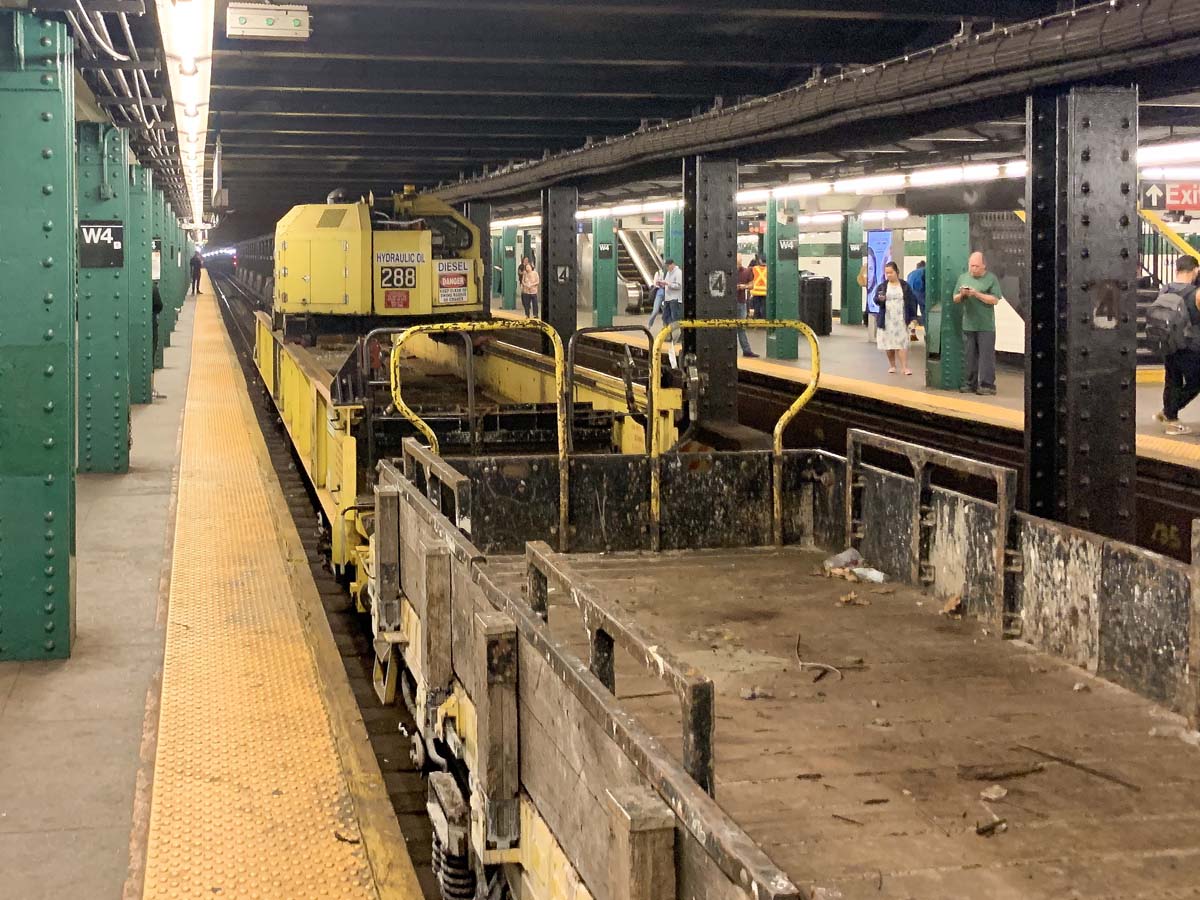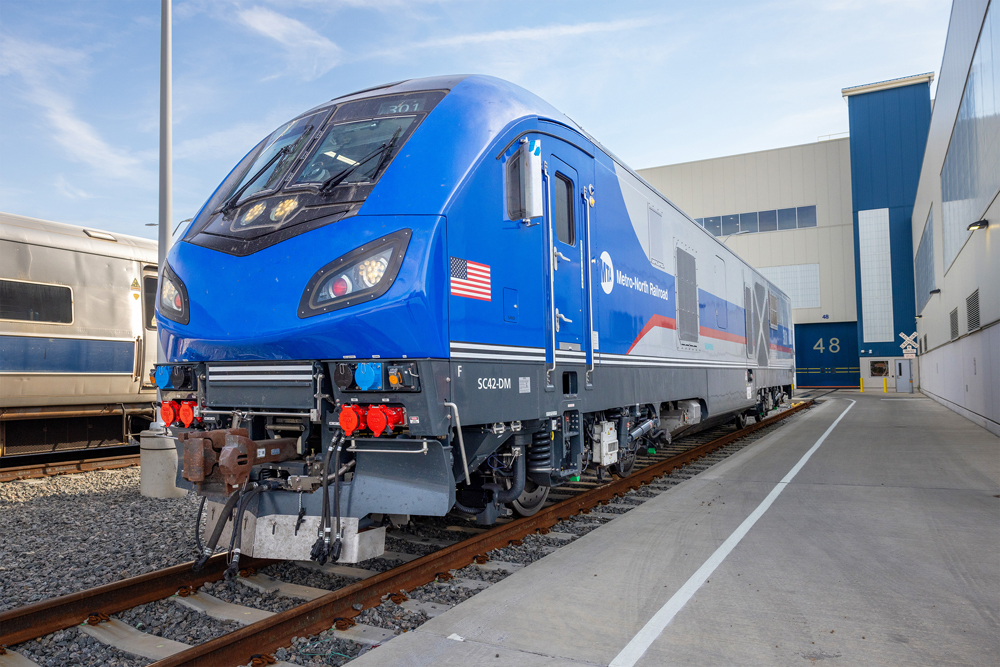Of the total, the New York City subways will receive $37.3 billion for signal modernization, new subway cars, station accessibility, station improvements, and track replacement, and build three new fully accessible stations on a Second Avenue Subway line extension, serving 300,000 daily riders. There will be an added connection with Metro-North at it’s 125th Street Station.
The Long Island Rail Road will receive $5.7 billion for necessary investments to insure a December 2022 opening of the East Side Access into Grand Central for more than 160,000 daily riders, and the Main Line Expansion which will add 10 miles of a third track between Floral Park and Hicksville on the Main Line corridor, used by 40% of Long Island Rail Road customers. In concert with Jamaica Station improvements, this will ensure a 60% capacity increase in reverse commutes and a 50% increase in peak service between Manhattan and Long Island. Also part of the budget will be track upgrades, station accessibility, switches, signals, and additional rolling stock.
Metro-North will receive $4.7 billion to position New Haven Line access to Penn Station via new stations in the Bronx, a reconstruction of the Grand Central Terminal rail access with four new emergency exits in the underground section that extends to 97th Street and the elevated two-mile long Park Avenue viaduct, replacement of Metro-North’s fleet of M3 rail cars, capacity improvements on the Harlem Line and Port Jervis Line, and station accessibility
Funding is expected to come from $25 billion in bonds authorized by the state budget, $10.68 billion of federal funding, $10 billion in new bonds backed by public transportation revenue sources, a new luxury real estate tax, internet use taxes, $3 billion each from New York State and New York City, and $9.8 billion from the MTA from taxes, tolling, and revenues.
The plan, which the MTA unveiled earlier this month, will be submitted by Oct. 1 to the MTA Capital Program Review Board for consideration and approval. The New York State Senate leader, assembly speaker, and mayor of New York City must approve it in order to move forward.
For more information, go to new.mta.info.














